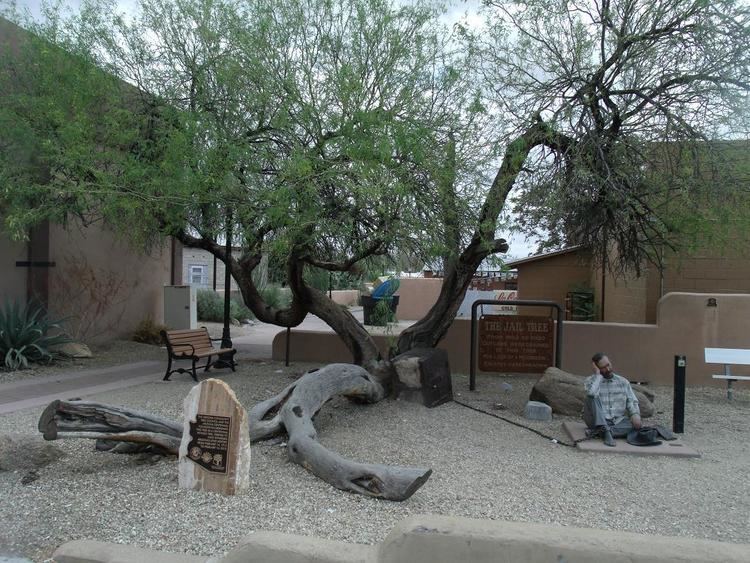 | ||
A jail tree is any tree used to incarcerate a person, usually by chaining the prisoner up to the tree. Jail trees were used on the American frontier, in the Territory of Arizona, in the late 19th and early 20th centuries. A few of which survive to this day.
Contents
Examples
Similar jails
References
Jail tree Wikipedia(Text) CC BY-SA
